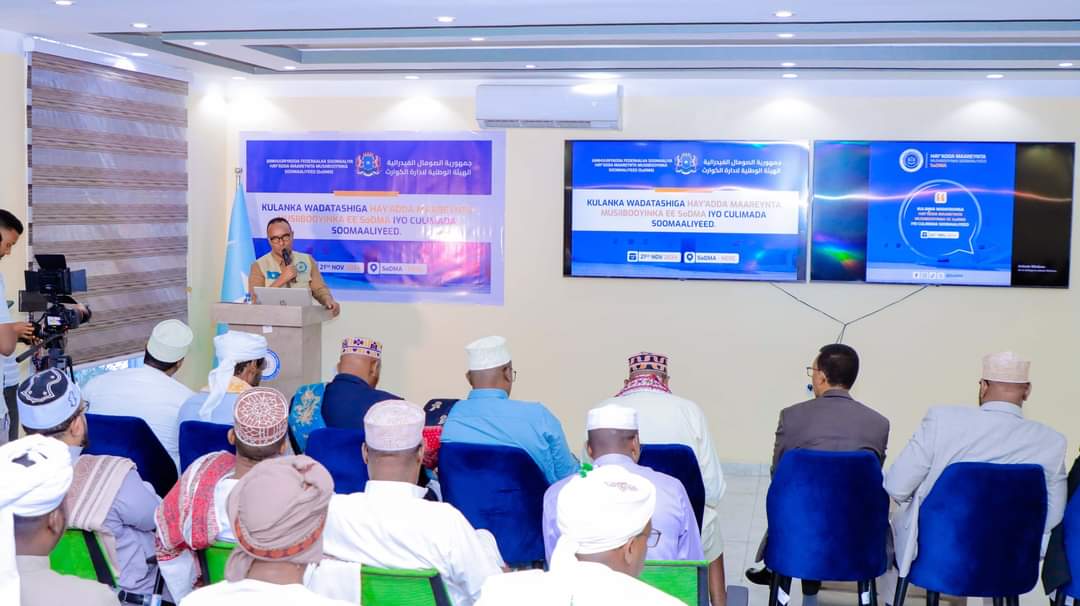Access to clean water remains a significant concern in Uganda, despite an increase in improved drinking water sources.
The Uganda demographic health survey (UDHS) report 2022 reveals that only 42% of these improved sources are free from E. coli contamination, raising concerns about public health risks.
The report highlights regional disparities in access to safe water. While Kampala boasts a relatively high coverage of 76% safe water sources, regions like Bugisu and Tooro lag far behind at a mere 16%.
This uneven distribution of safe water sources underscores the need for targeted infrastructure development to bridge the gap and ensure equitable access to clean water across the country.
The report also raises concerns about lead contamination in drinking water. Alarmingly, 32% of rural and 22% of urban water sources show elevated lead levels.
Lead exposure can have severe long-term health consequences, particularly for children and thus further investigation is needed to identify the source of this contamination and implement effective mitigation strategies.
The report further highlights a concerning decline in household hand washing facilities. Since 2016, both urban and rural areas have seen a drop of over 9% in these essential sanitation facilities.
Hand washing is a critical defense against the spread of disease, and this decline represents a potential public health setback far from the gains that had been achieved from the hand washing campaigns during the COVID 19 period.
The government and relevant organizations must prioritize addressing these challenges through increased investment in water treatment infrastructure, particularly in underserved areas, coupled with robust water quality testing procedures, as some of the essential steps.
Public awareness campaigns promoting the importance of safe water, sanitation practices, and the dangers of lead exposure can empower communities to better protect their health.









